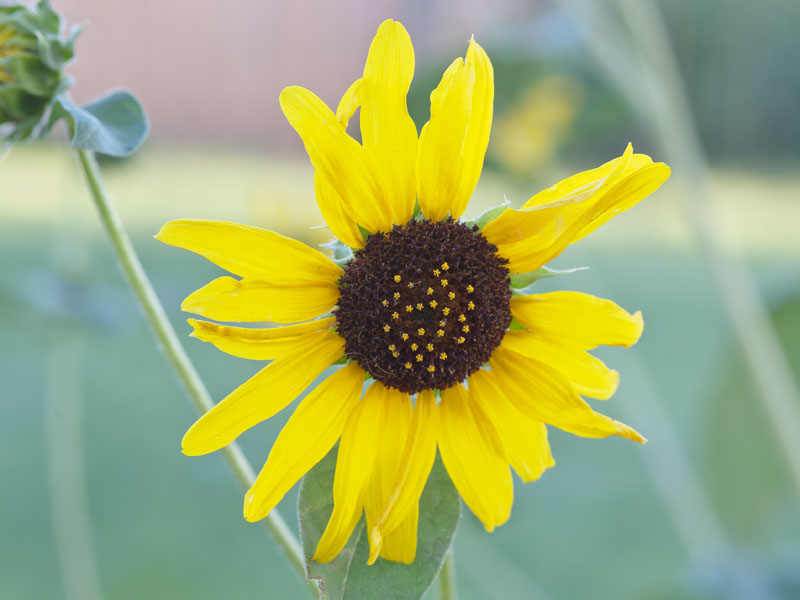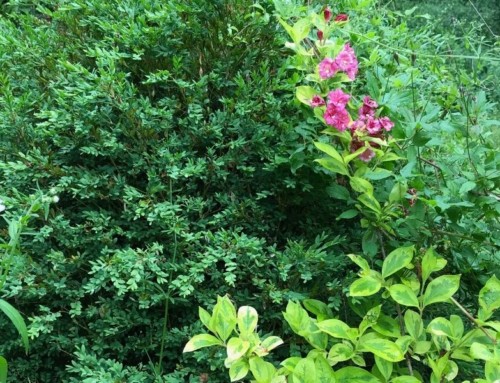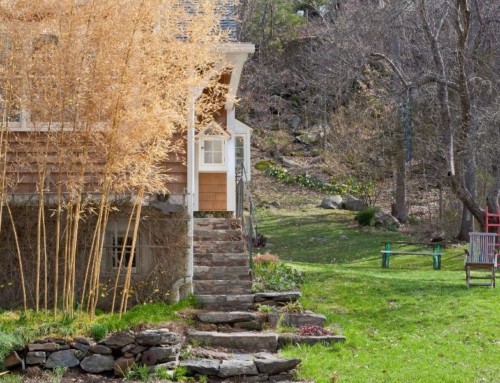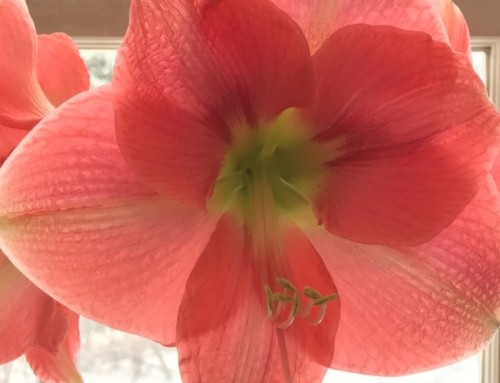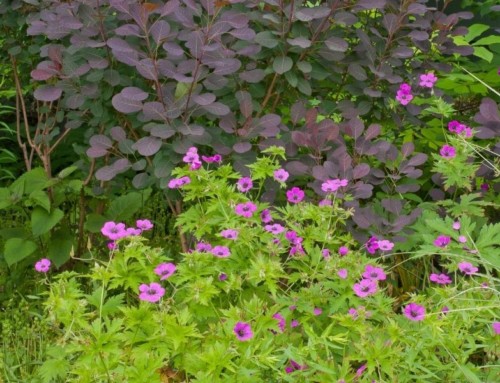A long-time Connecticut Horticultural Society member responded to my July newsletter and blog posts, also reprinted in the CHS newsletter, with an important question.
Entomologist Dr. Douglas Tallamy spoke to the CHS on “Restoring the Little Things That Run the World” in June. My recap of his talk and ongoing native plant-insect-bird relationship research:
RESTORING INSECTS TO OUR LANDSCAPES: EVERY YARD COUNTS
and
WHICH NATIVE PLANTS SUPPORT THE MOST LIFE?
She wrote:
Thanks for writing the lead article for the CHS newsletter about restoring insects in our own backyards. You mention the NWF Native Plant Finder. It is highly touted, but I don’t find it useful at all! It’s a good idea, a work in progress, but in my opinion, not yet ready for prime time.
I would love to see his list of the 5% of native plants that make 75% of the food that drives the food webs. Have you run across it? Now THAT would be instructive.
Research on every species and cultivar in every genus in every region simply has not been done to that granular level. Nobody has all the answers, but we have lots of clues and resources. And we can keep looking and learning.
- The National Wildlife Foundation Native Plant Finder is searchable by zipcode. Enter yours to see a page of individual photos with botanical classification and common family name (i.e. goldenrods, Solidago) of the most important plants for wildlife. To dig deeper, click on this “family portrait” for a list of common species in your county. (Non-natives are not considered). Any of them will do; learning our locals is a good place to start. The focus is on plants that feed insects, particularly the moth and caterpillar larvae that drive the entire food web, based on Dr. Tallamy’s research.
- The Xerces Society posts downloadable regional Pollinator Plant Lists with genus and species listed.
- The Audubon Society has a Plants for Birds database, searchable by zipcode, featuring plants with nuts, seeds, fruits and berries for birds and other wildlife.
- Mt. Cuba Center’s research trial gardens in Delaware are used “to evaluate native plants and related cultivars for horticultural and ecological value, and to highlight the ecosystem services native plants provide.”
The plant families that show up on several lists are a good place to start. Choose whichever local species floats your boat and fits your space and growing conditions.
You can’t go wrong with willows.
MORE IMPORTANT NATIVE PLANTS FOR WILDLIFE
- Oaks
- Goldenrods
- Asters
- Sunflowers
- Monardas
- Dogwoods
- Wild strawberries
- Joe Pye weed relatives
MORE CLUES TO CONSIDER
- Big plants have more leaves than little plants, so trees and shrubs provide big benefits for leaf-munching herbivores plus shelter and nesting sites.
- Perennial plants provide food year after year
- Cultivars with dark red foliage might be attractive to us, but their leaves are less palatable to insects
- Sterile cultivars don’t produce seeds for wildlife and may not have nectar or pollen either.
- Seeds feed birds and other critters all winter if you don’t deadhead perennials.
Gardens can be way more than fashion statements or exterior decoration if we just pay attention and keep asking, “Who is this plant feeding?”
